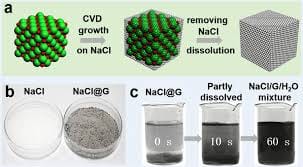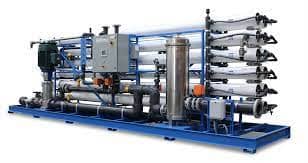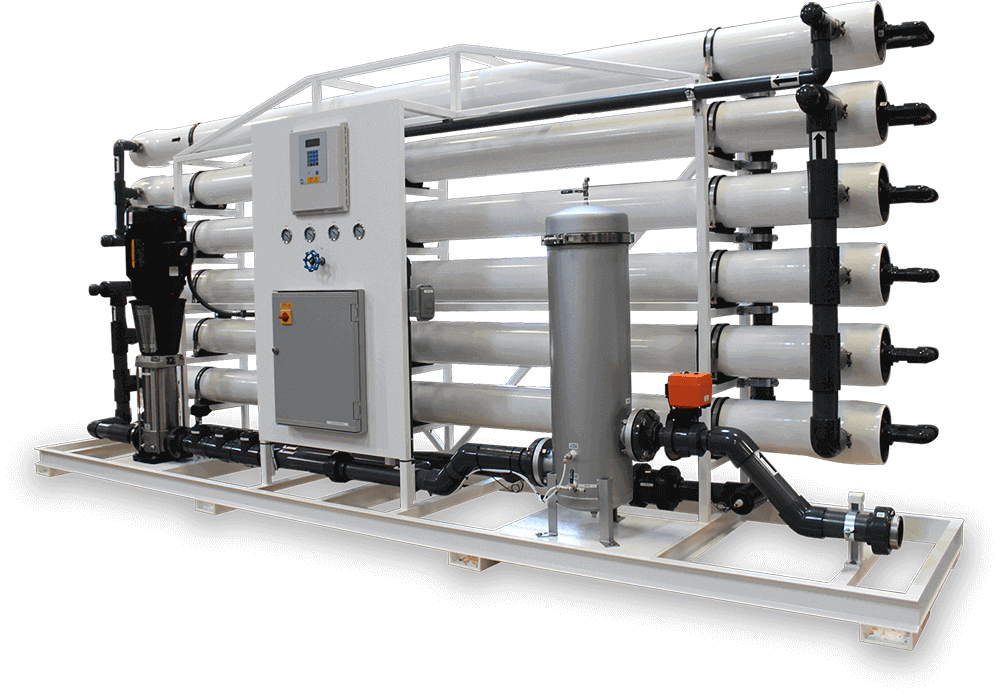Description
Edible Brackish Water Plants
Brackish water is a mix of saltwater and freshwater. It’s found where freshwater rivers meet the ocean and is typically characterized by its slightly salty taste. Brackish water can be used for various purposes, including aquaculture, agriculture, and even as a source of drinking water in some regions. However, not many people are aware that brackish water can also support the growth of edible plants. In this article, we’ll explore edible brackish water plants, how to grow them, and how to harvest them.
What are Edible Brackish Water Plants?
Edible brackish water plants are those that can be grown in brackish water and harvested for human consumption. These plants have evolved to tolerate the unique conditions of brackish water, including fluctuating salinity levels and low nutrient content. Some examples of edible brackish water plants include:
1. Water Spinach (Ipomoea aquatica)
Water spinach, also known as kangkong or ong choy, is a popular vegetable in Southeast Asia. It’s commonly found in freshwater ponds, but it can also be grown in brackish water. Water spinach is rich in vitamins A and C, iron, and calcium. It can be eaten raw in salads or cooked in stir-fries, soups, and curries.
2. Watercress (Nasturtium officinale)
Watercress is a leafy green vegetable that’s rich in antioxidants and other beneficial nutrients. It’s commonly found in freshwater streams, but it can also be grown in brackish water. Watercress has a slightly peppery taste and is often used in salads, sandwiches, and as a garnish for soups and other dishes.
3. Sea Purslane (Sesuvium portulacastrum)
Sea purslane is a succulent plant that’s commonly found in salt marshes and other coastal environments. It’s rich in vitamins A and C, iron, and calcium. Sea purslane has a slightly salty taste and can be eaten raw in salads or cooked in stir-fries, soups, and stews.
4. Marsh Samphire (Salicornia europaea)
Marsh samphire, also known as glasswort, is a plant that grows in salt marshes and other coastal environments. It’s rich in vitamins A and C, iron, and calcium. Marsh samphire has a salty taste and can be eaten raw in salads or cooked in stir-fries, soups, and stews.
How to Grow Edible Brackish Water Plants
Growing edible brackish water plants is similar to growing other types of plants, but it does require some special considerations. Here are some tips for growing edible brackish water plants:
1. Choose the Right Location
Edible brackish water plants require a location with access to brackish water. You can grow these plants in a freshwater pond that’s close to the ocean, or you can mix saltwater and freshwater to create a brackish environment.
2. Test the Water
Before planting your edible brackish water plants, it’s important to test the water to ensure that it’s suitable for plant growth. You can test the water using a water testing kit, which will measure the salinity, pH, and nutrient content of the water.
3. Use the Right Soil
Edible brackish water plants require a well-draining soil that’s rich in organic matter. You can use a soil mix that’s specifically designed for aquatic plants, or you can create your own by mixing sand,peat moss, and perlite.
4. Choose the Right Plants
When choosing edible brackish water plants to grow, it’s important to consider their specific requirements. Some plants, such as water spinach, prefer slightly fresher water, while others, such as sea purslane, prefer water with a higher salt content. Choose plants that are suited to the salinity and nutrient content of your water.
5. Provide Adequate Sunlight
Edible brackish water plants require plenty of sunlight to grow and thrive. Choose a location that receives at least six hours of direct sunlight per day, and ensure that the plants aren’t shaded by trees or other structures.
6. Fertilize Regularly
Edible brackish water plants require regular fertilization to ensure that they receive the nutrients they need to grow. You can use a slow-release aquatic plant fertilizer or a liquid fertilizer that’s specifically designed for aquatic plants.
7. Control Weeds and Pests
Like all plants, edible brackish water plants are susceptible to pests and weeds. To keep your plants healthy, it’s important to control weeds and pests using organic methods such as hand-weeding, insecticidal soap, or beneficial insects.
How to Harvest Edible Brackish Water Plants
Harvesting edible brackish water plants is similar to harvesting other types of plants, but there are some specific considerations to keep in mind. Here’s how to harvest edible brackish water plants:
1. Wait for the Right Time
Edible brackish water plants should be harvested when they’re at their peak of ripeness. This will vary depending on the plant and the specific growing conditions, but you should aim to harvest the plants when they’re producing the most leaves or fruit.
2. Use Clean Tools
When harvesting edible brackish water plants, it’s important to use clean tools to avoid introducing bacteria or other pathogens to the plants. Use sharp scissors or pruning shears to cut the plants, and sanitize the tools between cuts using rubbing alcohol or a bleach solution.
3. Store Properly
Edible brackish water plants should be stored properly to ensure that they remain fresh and flavorful. Most edible brackish water plants can be stored in a plastic bag in the refrigerator for up to a week.
Conclusion
Edible brackish water plants are a unique and tasty addition to any garden or aquaponics system. By choosing the right plants, providing the right growing conditions, and following the proper harvesting techniques, you can enjoy a bountiful harvest of fresh, delicious plants that are perfectly suited to brackish water environments.
FAQs
- What are the benefits of growing edible brackish water plants? Growing edible brackish water plants is a great way to take advantage of brackish water resources, and it can provide a source of fresh, healthy food that’s well-suited to the unique conditions of these environments.
- Can edible brackish water plants be grown in aquaponics systems? Yes, many edible brackish water plants can be grown in aquaponics systems, which use fish waste to fertilize the plants and create a self-sustaining ecosystem.
- Are edible brackish water plants easy to grow? Edible brackish water plants can be a bit more challenging to grow than traditional garden plants, but with the right techniques and care, they can thrive in brackish water environments.
- What are some common pests and diseases that affect edible brackish water plants? Common pests and diseases that affect edible brackish water plants include aphids, whiteflies, and root rot. These can be controlled using organic methods such as insecticidal soap or beneficial insects, and by ensuring that the plants are growing in well-draining soil.
- What are some other edible plants that can be grown in brackish water? In addition to the plants mentioned in this article, there are many other edible plants that can be grown in brackish water, including taro, lotus, and water chestnuts.








Aqua Filter –
Aquaafilter is the only company I trust for all my water filter needs. Their staff is prompt, professional, and always willing to go above and beyond to ensure customer satisfaction.